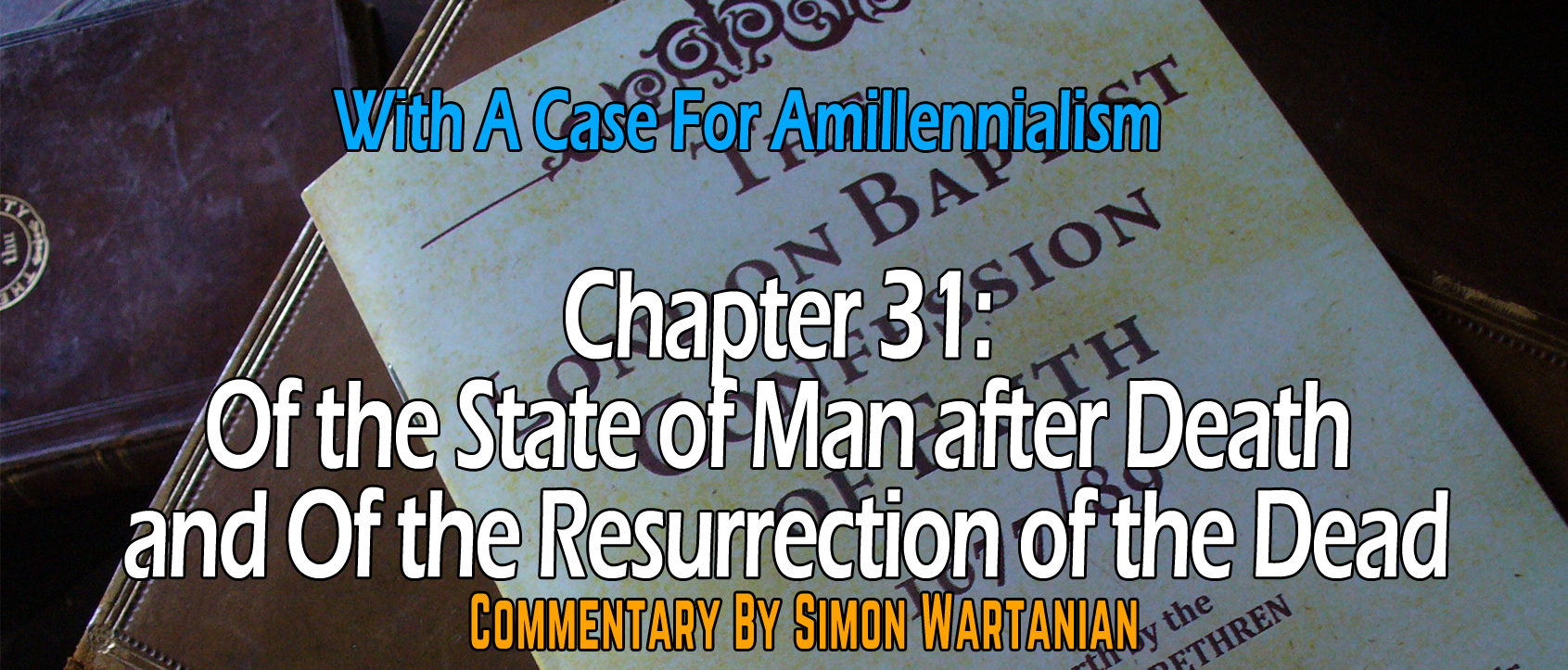The Souls Of The Wicked In Hades
Sheol
The Old Testament does not directly say that much about the place of punishment, but this does not mean that it is entirely silent. There is an interesting discussion concerning the concept of Sheol in the Old Testament. The word Sheol is translated with hell, grave, and pit in the KJV. Strictly speaking, hell (Gehenna) does not yet exist. Hell is the place of final torment in body and soul. It is popular to speak of the wicked now going to hell, yet, strictly speaking, they go down to Hades, not Hell. Hell is the place of final punishment after the resurrection and final judgment. Both the righteous and the wicked are said to go to Sheol (Gen. 37:35; Num. 16:30; 2Sam. 1:23; Ps. 49:15,16; 88:3; 89:48; Eccl. 9:10; Isa. 5:14; Hos. 13:14) and that’s why in our modern versions (e.g., the ESV) it is never rendered with “hell”, but either transliterated or rendered with grave. Sheol has two significations: the place of punishment for the wicked and the grave. Dr. Sam Waldron writes, based on several uses of the word Sheol in the Bible (Gen. 37:35; 42:38; 44:29-31; Num 16:30, 33; Deut. 32:22; 1 Sam. 2:6), that “Sheol, whatever more specific meaning it may take on, is that which is below. It is the place below.”[6] This means that it is opposed to that which is above, heaven as it is sometimes contrasted with heaven (Job 11:8; Ps. 139:8; Amos 9:2).
It is not my desire to go into a long discussion on the interpretation of Sheol-Hades. No view on it is unanimous. The word Sheol generally refers to the grave or place of punishment for the wicked. The word is in many cases context-bound, and not a single definition can fit all of its uses. We’ve noted above that the souls of the righteous, even in the Old Testament, went directly into the presence of God. Therefore, when even the righteous are said to go to Sheol this does not have the connotation of them being in torment, obviously. In these cases, it seems that Sheol simply means the grave. In fact, the righteous are said to be delivered from Sheol (Prov. 15:24; Ps. 49:14-15). The righteous are delivered from the punishments of Sheol and they are delivered from the power of death. Dr. Waldron writes:
Fifthly, the Old Testament teaches that the righteous are delivered from Sheol, in spite of the fact that in one sense the righteous die and go to Sheol, the grave (Prov. 15:24; Ps. 49:14-15). This requires us to distinguish between a place of punishment in the afterlife, from which the righteous are delivered, and the grave, which symbolizes it and from which the righteous in general are not delivered till the last day. Otherwise the teaching that the righteous are delivered from Sheol would have no meaning.[7]
It is important to note that when Sheol simply signifies the grave, only the body of man goes to the grave, the soul of man either enters into its Master’s joy or into misery after death. The following passages, according to William G. T. Shedd, fit the meaning of Sheol as grave: 1 Samuel 2:6; Genesis 37:35; 44:31; Job 14:13; 17:13-14; Psalm 6:5; 88:3; 89:48; 141:7; Numbers 16:33; Ecclesiastes 9:10; Hosea 13:14. He says that “Sheol in the sense of t...

